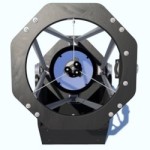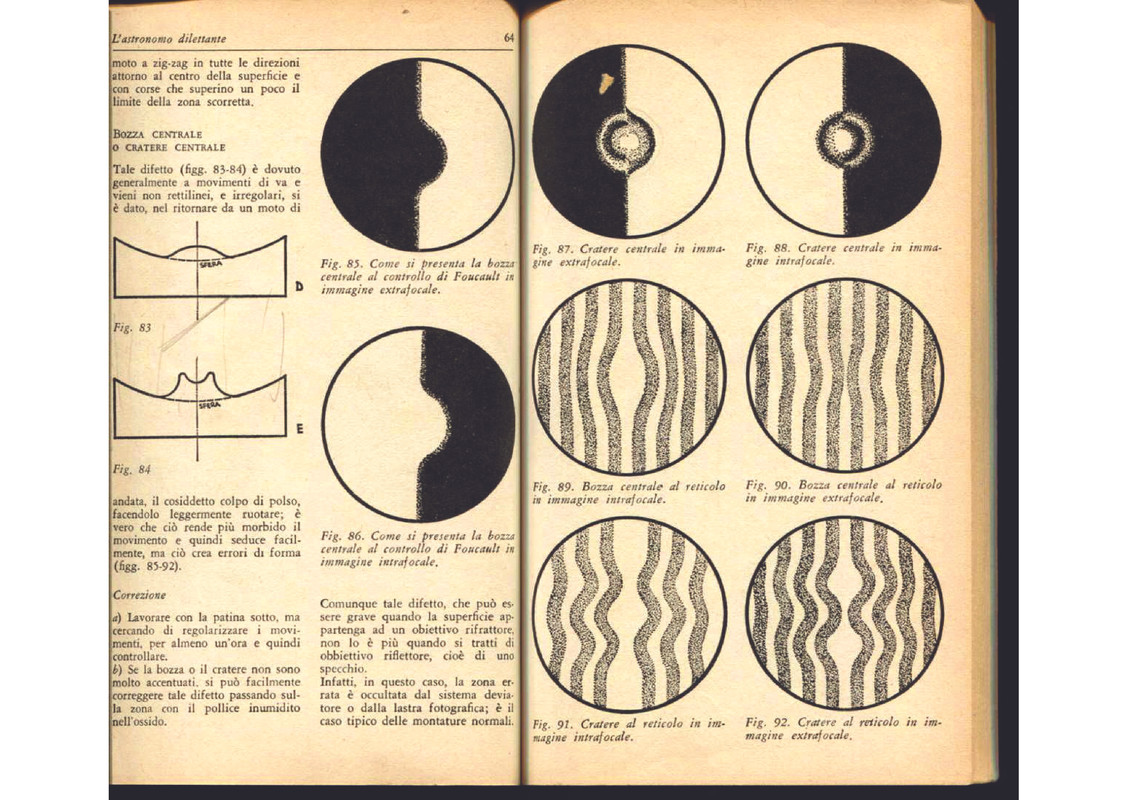- This topic has 190 replies, 7 voices, and was last updated 8 years, 3 months ago by
 Massimo Marconi.
Massimo Marconi.
-
AuthorPosts
-
25 December 2015 at 19:22 #7371
hello Maurizio, thank you, happy Birthday to You too…
 25 December 2015 at 21:17 #7373
25 December 2015 at 21:17 #7373hello Maurizio, Happy Holidays to you too
 17 January 2016 at 9:47 #7403
17 January 2016 at 9:47 #7403Hi guys,
today I started to parabolize and after about 10-15 min of W movement I saw this situation with the rhonchi I think it is normal in the early stages but I'm not sure;you think?
http://s2.postimg.cc/bkno77v1l/IMG_20160117_085114.jpg
http://s14.postimg.cc/4msb8b56p/IMG_20160117_085149.jpg
http://s27.postimg.cc/mgjb768lf/IMG_20160117_085219.jpg17 January 2016 at 17:05 #7404Unfortunately no Maurizio, it is not normal in the generation of the parabola with W-shaped strokes for the center to deepen so clearly compared to the remaining surface. It was formed sort of “hole” at the center and I fear that it is more convenient to regenerate the sphere and try a new approach to the parabola, clearly after having identified which manufacturing anomaly led to this problem…
p.s. I start from the hypothesis that the images are intrafocal.
19 January 2016 at 10:03 #7414Hello Maurizio.
That result is not a sign that you still have critical control in some instinctive hand movement..
Throughout the parabolizzazione species of work, you have to follow your movements they must be slow, avoiding S-shaped strokes and being careful not to add any type of uncontrolled pressure in addition.
The reason is that by parabolizing they are modifying the surface of their mirror by a few microns., but the machining tolerances are thousands of times smaller.Y,’ It is true that the center of the mirror is the place where there are very wide tolerances with respect to the edge; and also that it will be for the most part to be unusual because hidden by the secondary mirror of the telescope; but a zone error is not so marked can be generated if it is complying with the standards of righteousness, vertical and horizontal amplitude variation according to famous W runs, slowness, and the pressure of nothing.
The excavation of a hole could be given by what is read on the attached page as PROJECT OF CENTRAL OR central crater (with reference to the figure 89 which shows the Ronchi appearance of a central bump seen intrafocally or central hole seen extrafocally).
Clicking on the following link opens the clearly readable image on the screen, identical to the preview that follows in this answer of mine.
Link http://postimg.cc/image/t35bujskl/
 19 January 2016 at 11:45 #7420
19 January 2016 at 11:45 #7420It may help you to remember that Ronchi shows rectilinear lines of a homogeneous and complete spherical surface. And also see the sacred texts, that Ronchi shows for the parabola of lines whose curvature is symmetrical and homogeneous over the entire surface.
The progress of working the sphere towards the parabola is therefore also progressive and homogeneous if the parabolization action you perform is progressive and homogeneous, without pressure and with the straights running to the W.
Then, when you get a Ronchi that shows a localized principle of deviation from homogeneity, albeit barely mentioned, you are sure that you are creating an error at that point.
In light of this, when you encounter an obvious error like in your images, it is a sign that you have persisted remarkably.
Therefore remember that the functionality of the Ronchi is precisely to let you see the entire surface, which must pass from the sphere to the parabola without appreciable local deformations. which, when upon careful observation they barely appear, they must be understood and countered with always very soft corrective actions, because the delicacy of the work increases and the tolerances become increasingly narrower as the ideal parabola approaches
2 February 2016 at 8:48 #7429Mauriziooooo! How does your work proceed?
4 February 2016 at 15:08 #7430hello Giulio , I had a wrist problem and was out of action for a few days.
I started working on it again last Sunday and am trying to get back to the ball though’ I still have a small hole and the bands are no longer straight, I think they are tending towards a parabola. Now I was wondering if it's worth going back “always” the sphere ,or as the amateur astronomer's note says that I can correct it by paying close attention to the W movement “flat and straight”?4 February 2016 at 19:13 #74314 February 2016 at 20:49 #7432I think that when you are in the presence of such a well-marked zonal error, is required, and also much easier to correct everything, returning towards the homogeneity of the sphere.
You will start again later with the races to the W, which can only work on a homogeneous surface free from holes or humps.
Good work and best wishes on your wrist!!
5 February 2016 at 13:06 #7434I agree with Giulio, and I join in the good wishes: get well soon Maurizio, also because the Grattavetro are men “of wrist” !
 11 February 2016 at 9:04 #7458
11 February 2016 at 9:04 #7458Guys and’ the third time I return to the ball I can't make a correct movement to parabolize (I always create a central hole), yet I think I'm paying a lot of attention to it……
Some advice?maurizio
11 February 2016 at 15:04 #7459hello Maurizio, as you have already experienced, classical techniques are not discussed, if used correctly they must lead to the desired result. If this does not happen it is because there is something else that intervenes to influence the result, For example:
Wrong patina hardness
Patina not well adapted
Channels symmetrical with respect to the center of the tool or closed channels
Errors in the execution of the passes
Excessive lateral overhang
Excessive or incorrectly localized pressure
Or others that don't come to mind right now.Now it remains to understand which of these influence your work.
But since in arriving at the sphere you have already experienced all these problems and I think you have gained a little experience in judging the quality of the pitch tool, I would say that you are making a mistake in the execution of the passes since it is the only aspect that changes compared to reaching the sphere.
Then you can show us or describe to us in detail the type of passes you are using? Stroke length, of board etc…
Of course, I'm not saying this is exactly the problem, I'm just trying to rule out the problem until we figure out exactly what the problem is…
See you soon, ciao… 12 February 2016 at 9:20 #7460
12 February 2016 at 9:20 #7460My mirror and’ 310 mm.
– I work in an environment where the temperature fluctuates between 18-19 degrees
– pitch and’ the gugolz 64
– the W movement MOT ,I bring the center of the mirror to 1/8 from the edge of the tool
– I always check the channels that are not closed
– I do the hot adaptation at the beginning of each session.
I venture to say that perhaps the temperature of the room is’ a little short with less than perfect movement?12 February 2016 at 11:16 #7461hello Maurizio.
I would say that 18-19° were already low in my case, working with my Gugolz #55, which has a softening temperature indicated at 52-55°c.
In fact, I had to install an electric ventilation heater to be able to work at at least 20°.The friction during processing heats the pitch, which after a good half hour of work can smell its characteristic pine smell. And that's the sign that everything is ok. At that juncture, if you are using oxide there is cerium, you will also see a light foam appear in the channels of the tool, which has the benefit of making the abrasive circulate well on the pitch squares; and the tool also starts to whistle when the water runs out.
With your Gugolz #64, which is given to have a softening temperature of 65-68°, the environment should be significantly warmer than 20 degrees, or your fish needs to be made a little softer again.
I must leave now, but then I'll also tell you for the W races
-
AuthorPosts
- You must be logged in to reply to this topic.